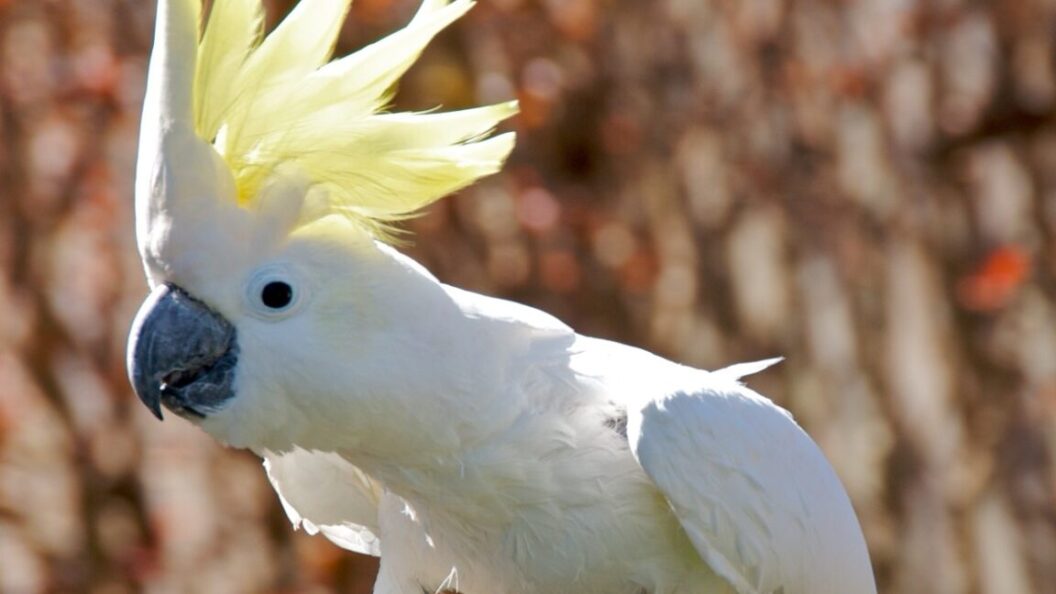Cockatoos Dance to the Beat: Insights from a New Study
A recent study conducted by researchers at Charles Sturt University (CSU) has unveiled fascinating insights into the dancing behaviors of cockatoos in response to music. By analyzing six cockatoos from three different species, the researchers aimed to determine whether these birds would exhibit dancing behaviors when exposed to musical stimuli. This discovery not only highlights the birds’ cognitive capabilities but also opens up discussions on their welfare and the influences of human interaction.
Research Methodology
The study involved three specific treatments to evaluate the cockatoos’ reactions:
- Playing "The Nights" by Avicii: A popular song known for its rhythmic beats.
- No Music: Serving as the control group to assess natural behaviors.
- Playing a Podcast: Specifically, "She’s on the Money," which contained no musical accompaniment.
The team observed the dance movements across the participating species at the Wagga Wagga Zoo, focusing on the frequency and types of movements displayed by the birds.
Key Findings
Diverse Dance Styles: The study revealed that dancing behaviors were present in 10 of the 21 known cockatoo species. The most common movement documented was the downward movement, seen in 50% of the observed birds, followed by sidestep movements at 43%. Interestingly, some cockatoos showcased unique combinations of moves, indicating individual dancing styles.
Unique Mechanisms: The sulphur-crested cockatoos were noted for three distinctive dance movements not seen in other species: the semi-circle low, semi-circle high with crest, and head-foot sync. This suggests variation not only across species but also within individual behaviors.
Distinction from Stereotypic Behaviors
The researchers confirmed that the dancing displayed was distinct from stereotypic behaviors, which are often repetitive and serve little functional purpose. Unlike common behaviors like feather plucking or screaming, the dance movements observed were varied and voluntary, demonstrating a level of cognitive engagement.
Implications and Interpretations
Historically, dancing behaviors in birds have been associated with courtship displays, but this study suggests alternate interpretations. While some might see these cockatoos redirecting their social impulses towards their human owners, the authors indicated that there was little evidence to support the idea that owners directly elicit these behavior patterns.
Co-author Rafael Freire commented on the significance of the findings, stating, "The similarities with human dancing make it hard to argue against well-developed cognitive and emotional processes in parrots." This raises important questions about the emotional needs of captive birds and suggests that playing music could potentially enhance their welfare.
Future Research Directions
The findings of this study reinforce the need for further investigation into the connection between music and dance behaviors in birds. Future research could delve into whether musical interaction can serve as a form of environmental enrichment for captive birds, enhancing their quality of life.
Conclusion
This study illuminates the engaging and complex world of cockatoos, revealing their ability to dance in response to music in a manner comparable to humans. By understanding the cognitive processes behind these behaviors, researchers can better appreciate the social and emotional needs of parrots. As interest in avian welfare continues to grow, such research could inspire new ways to support and enrich the lives of these remarkable creatures.









